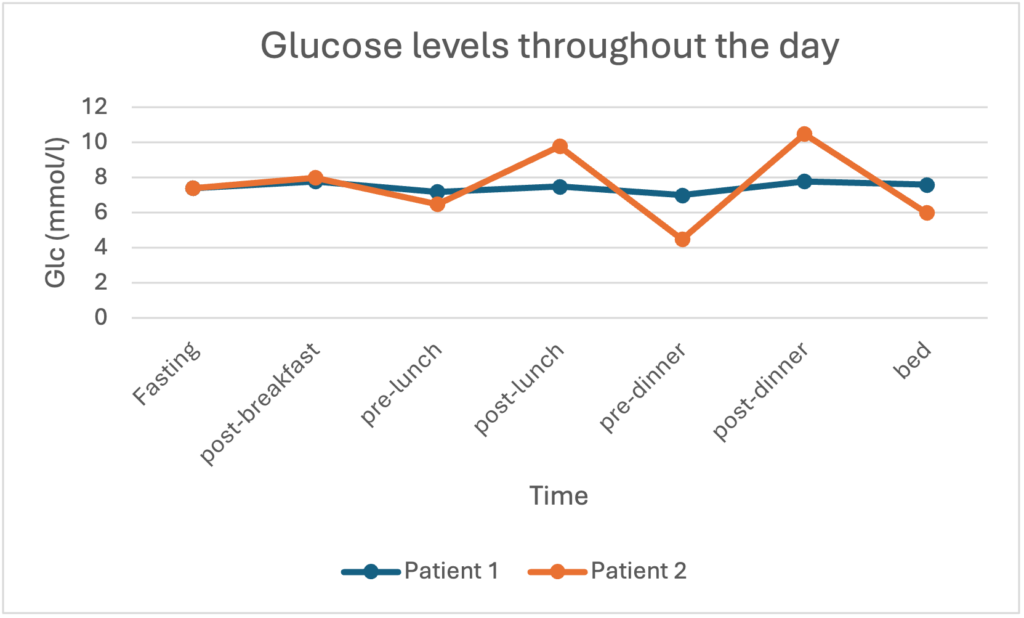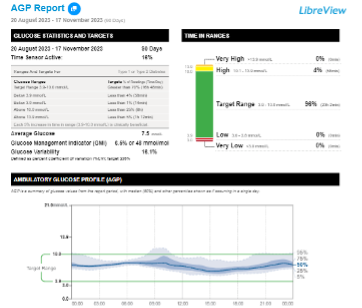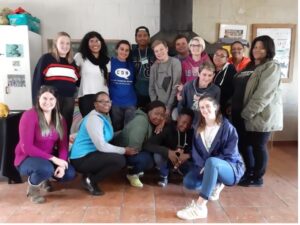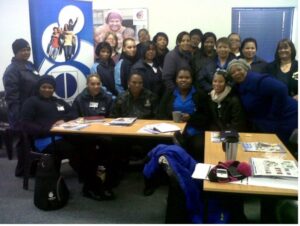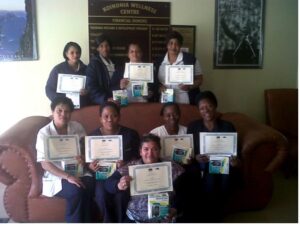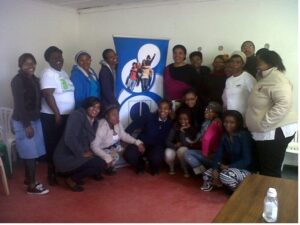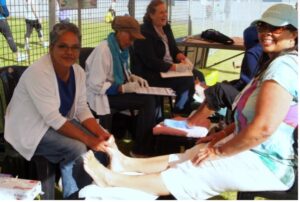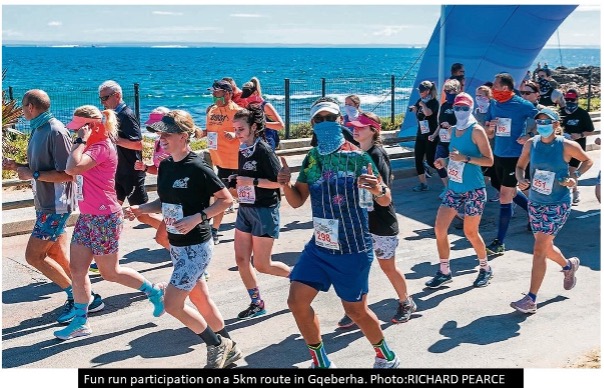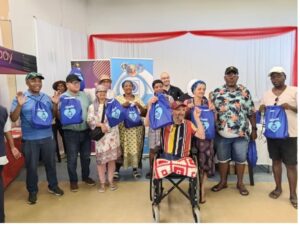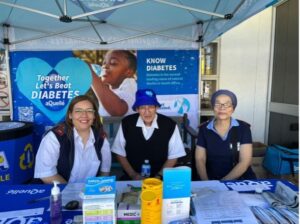This simple yet flavourful Safari Apple Cider Vinegar Everyday Salad Dressing is the perfect companion for your salads. Made with Safari Apple Cider Vinegar, this dressing offers a tangy and refreshing taste that complements a variety of greens and vegetables.
Makes:
1 small jar
Ingredients:
6
Prep time:
5 minutes
Ingredients
- 2 tsp. Dijon mustard
- 1 small clove garlic, grated
- ½ tsp. sea salt
- ⅛ tsp. freshly ground black pepper
- ¼ cup Safari Apple Cider Vinegar
- ⅓ cup olive oil
Method
- Place all the ingredients in a jar with a tight fitting lid.
- Shake well until emulsified.
- Serve.
SAFARI® Apple Cider Vinegar is:
- Naturally Fermented
- Perfect for Salads & Sauces
- Made from 100% Apples






